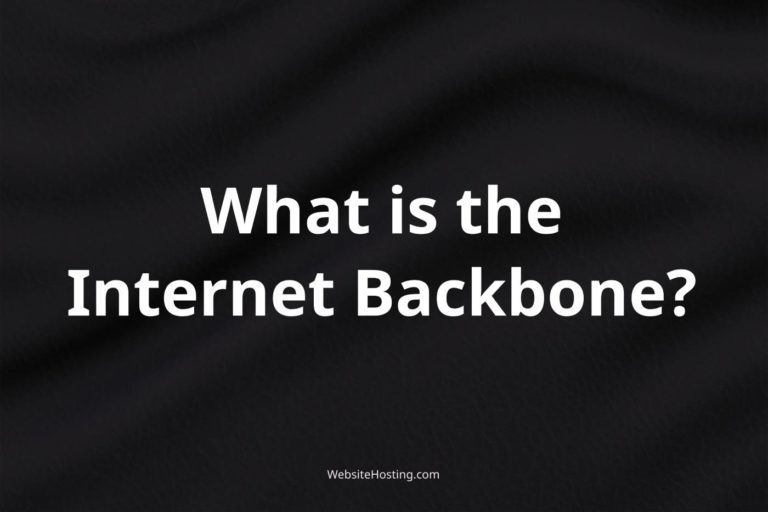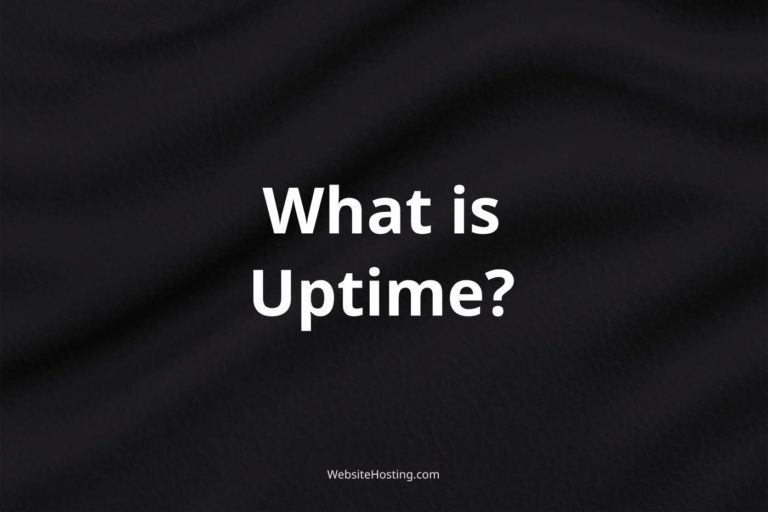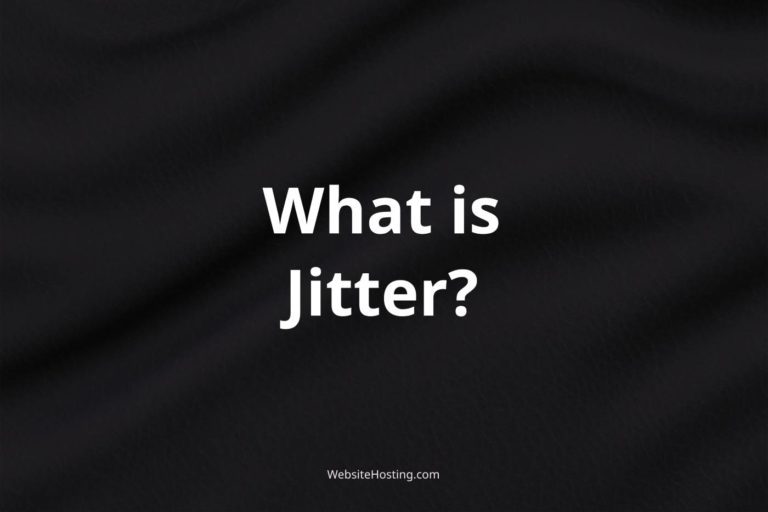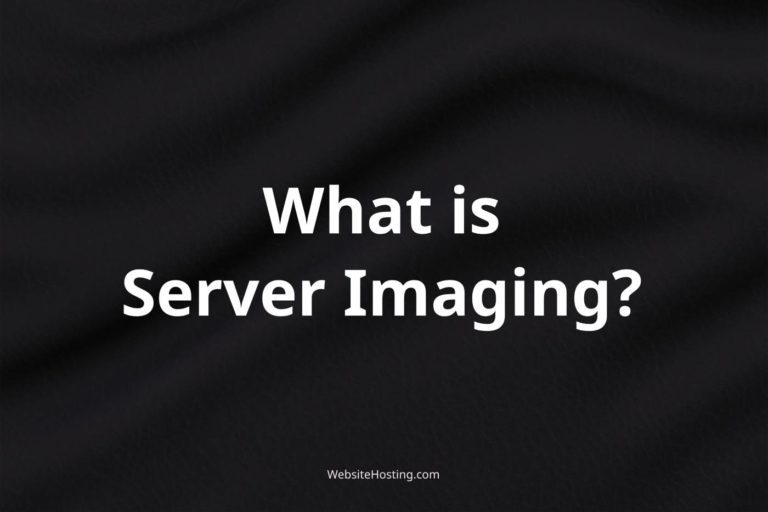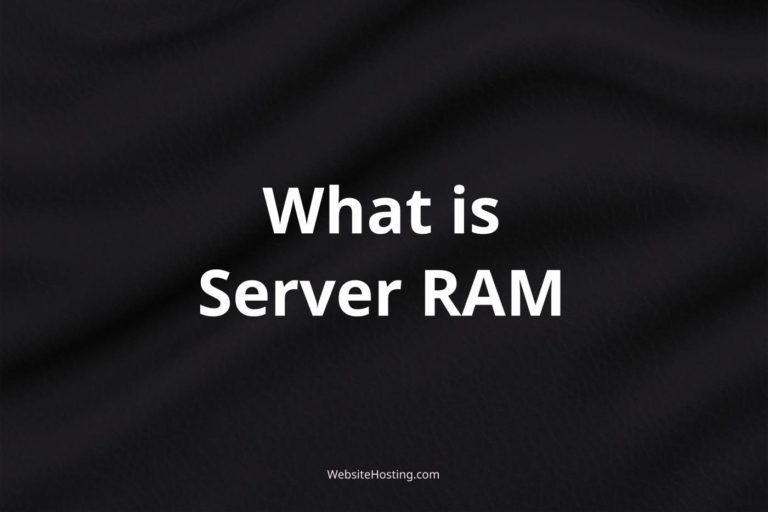When choosing a web hosting provider, you’ll likely come across the term “Tier 1 Network.” But what exactly does it mean, and why should you care? Let’s explore a little deeper this type of network, its benefits, and how it impacts your website’s performance.
What is a Tier 1 Network?
A Tier 1 Network is a backbone network that can reach every other network on the internet without having to pay for the privilege. This is because Tier 1 Networks peer with each other, meaning they exchange traffic with other Tier 1 networks without any intermediary networks in between. Examples of Tier 1 networks include AT&T, Verizon, and Level 3 Communications.
Why is a Tier 1 Network important for web hosting?
When a web hosting provider uses a Tier 1 network, it ensures that data is transmitted as efficiently and quickly as possible. This is because a Tier 1 network has direct connections to all other networks, so there are fewer hops and potential points of failure. Additionally, a Tier 1 network typically has more bandwidth and faster speeds than lower-tier networks.
What are the benefits of using a Tier 1 network for web hosting?
Using a Tier 1 network for web hosting offers several benefits, including:
- Faster speeds and lower latency
- Greater reliability and uptime
- Better network performance during high traffic periods
- Lower risk of network congestion or bottlenecks
- Improved scalability and flexibility
How can I tell if my web hosting provider is using a Tier 1 network?
Most web hosting providers will advertise if they are using a Tier 1 network, as it is a major selling point. You can also check a provider’s network status page or ask their support team directly. Some providers may use a mix of Tier 1 and lower-tier networks, so be sure to clarify which network is being used for your specific hosting plan.
FAQ:
What is the difference between a Tier 1 network and lower-tier networks?
A Tier 1 network has direct connections to all other networks on the internet, while lower-tier networks may have to pay to connect to certain networks. Tier 1 networks also typically have more bandwidth and faster speeds.
How does a Tier 1 network affect website performance?
Using a Tier 1 network for web hosting can result in faster speeds, lower latency, greater reliability, and better network performance during high-traffic periods.
How can I tell if my web hosting provider is using a Tier 1 network?
Most web hosting providers will advertise if they are using a Tier 1 network, but you can also check their network status page or ask their support team directly.
Are there any downsides to using a Tier 1 network for web hosting?
One potential downside is that Tier 1 networks may come with a higher cost compared to lower-tier networks. Additionally, if a web hosting provider is solely relying on a Tier 1 network and that network experiences issues, it could potentially impact the provider’s network performance and uptime.
Can a web hosting provider use a mix of Tier 1 and lower-tier networks?
Yes, some web hosting providers may use a mix of Tier 1 and lower-tier networks to balance costs and performance. It’s important to clarify with the provider which network is being used for your specific hosting plan to understand how it may impact your website’s performance.
Related terms:
- Network peering
- Internet backbone
- Latency
- Bandwidth
- Network congestion
- Uptime
- Network performance
- Scalability
- Network reliability
- Internet service provider (ISP)
Notable brands:
- AT&T
- Verizon
- Level 3 Communications
- Sprint
- CenturyLink
